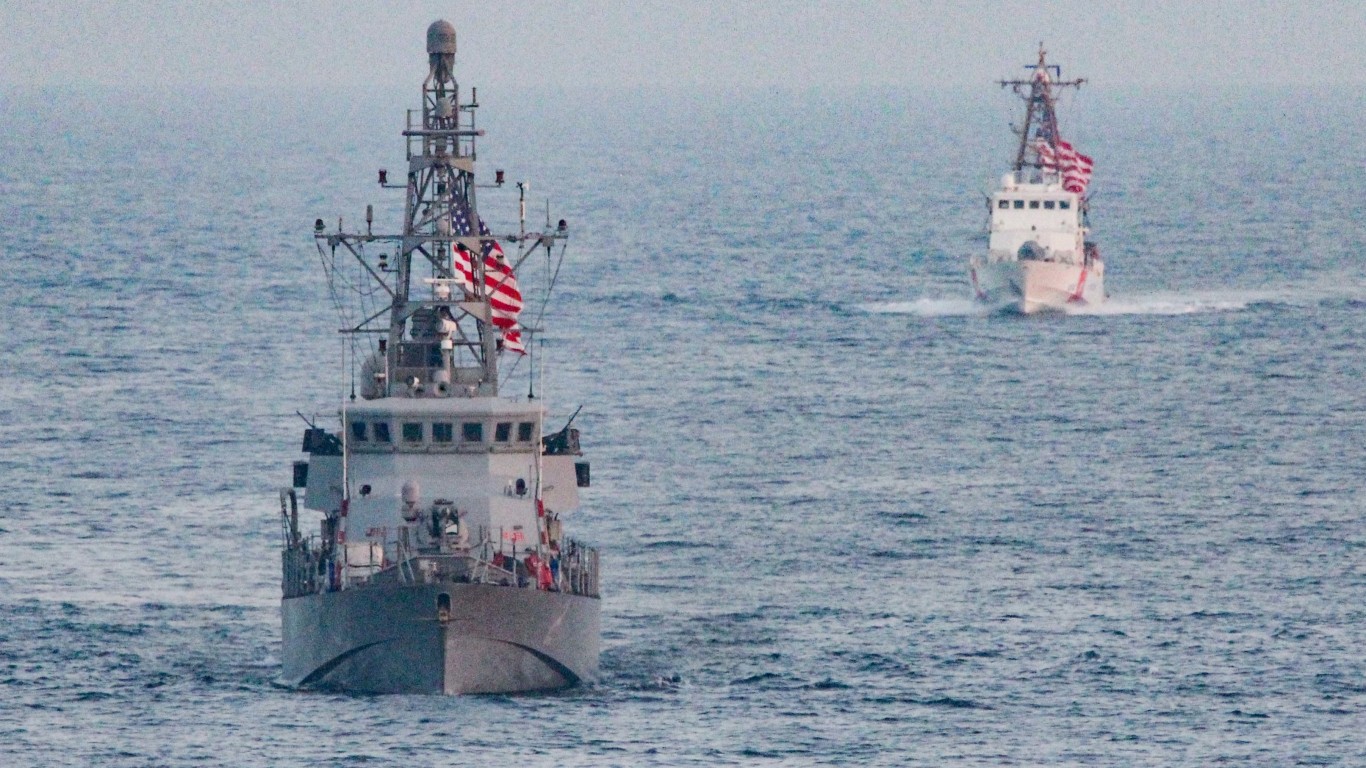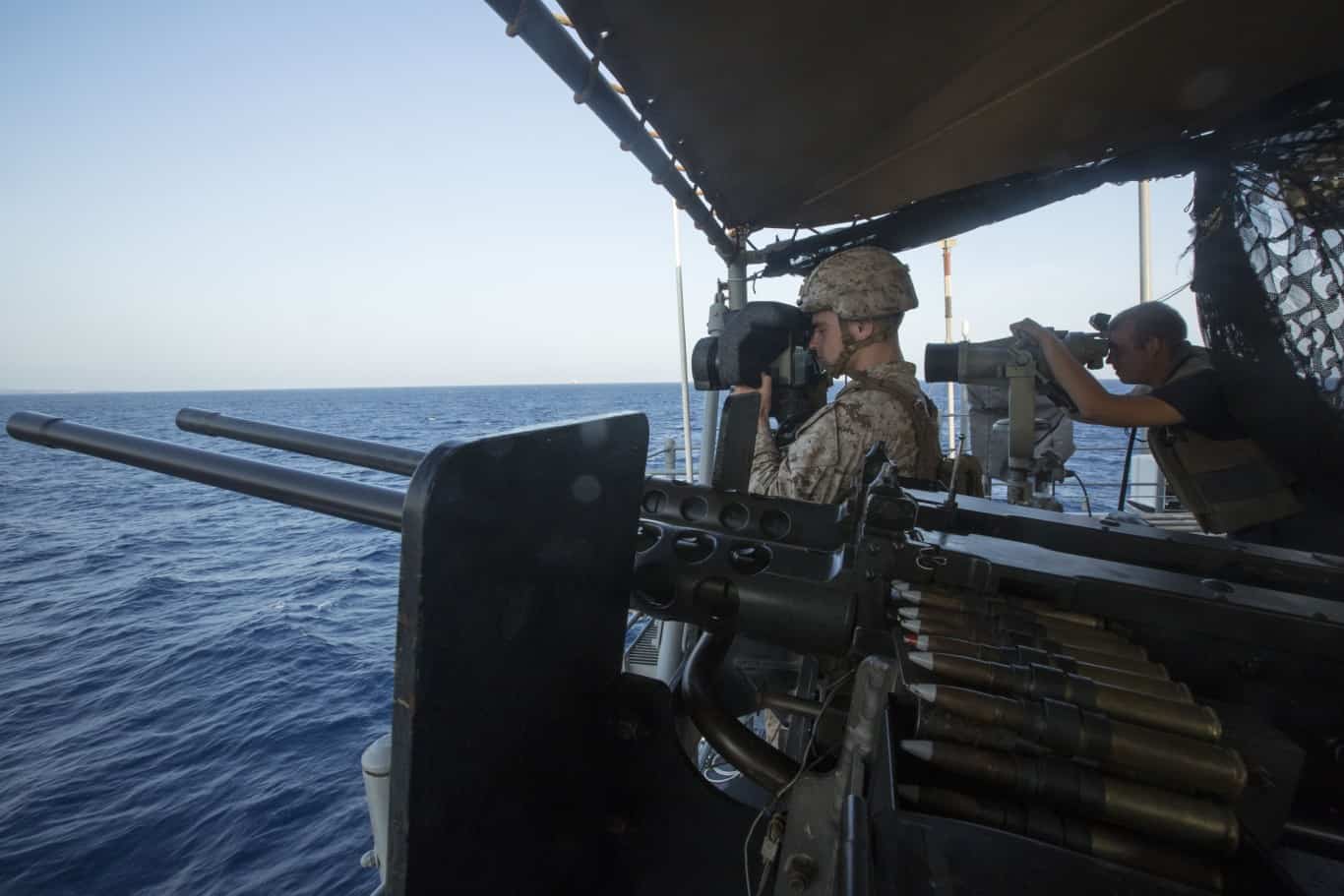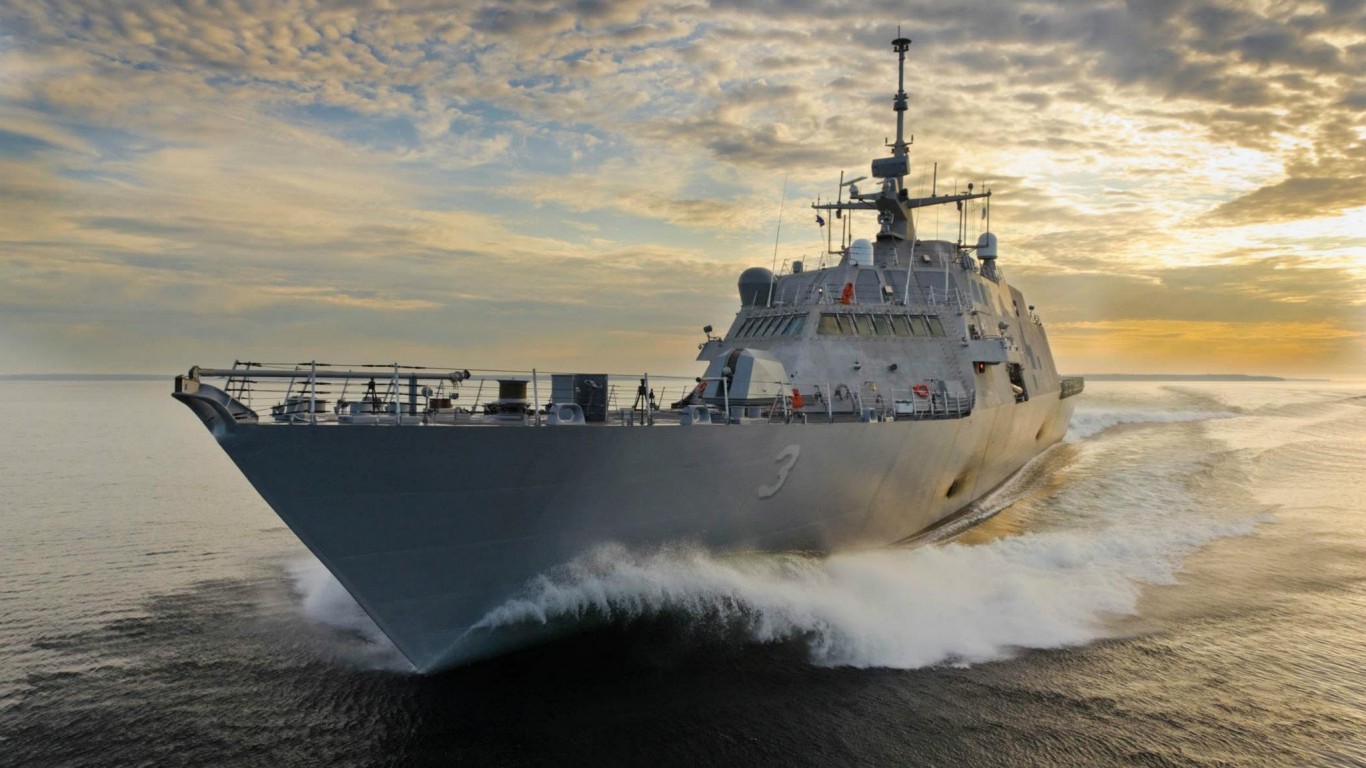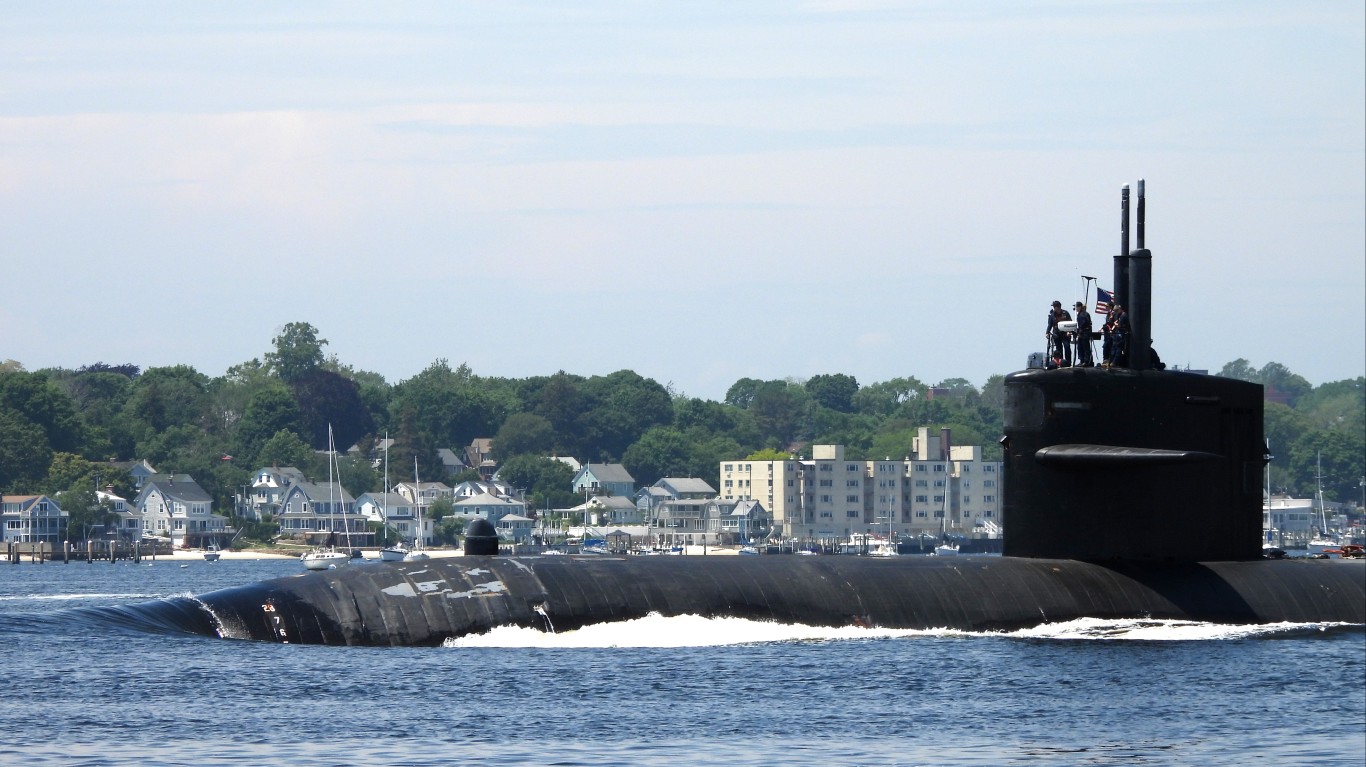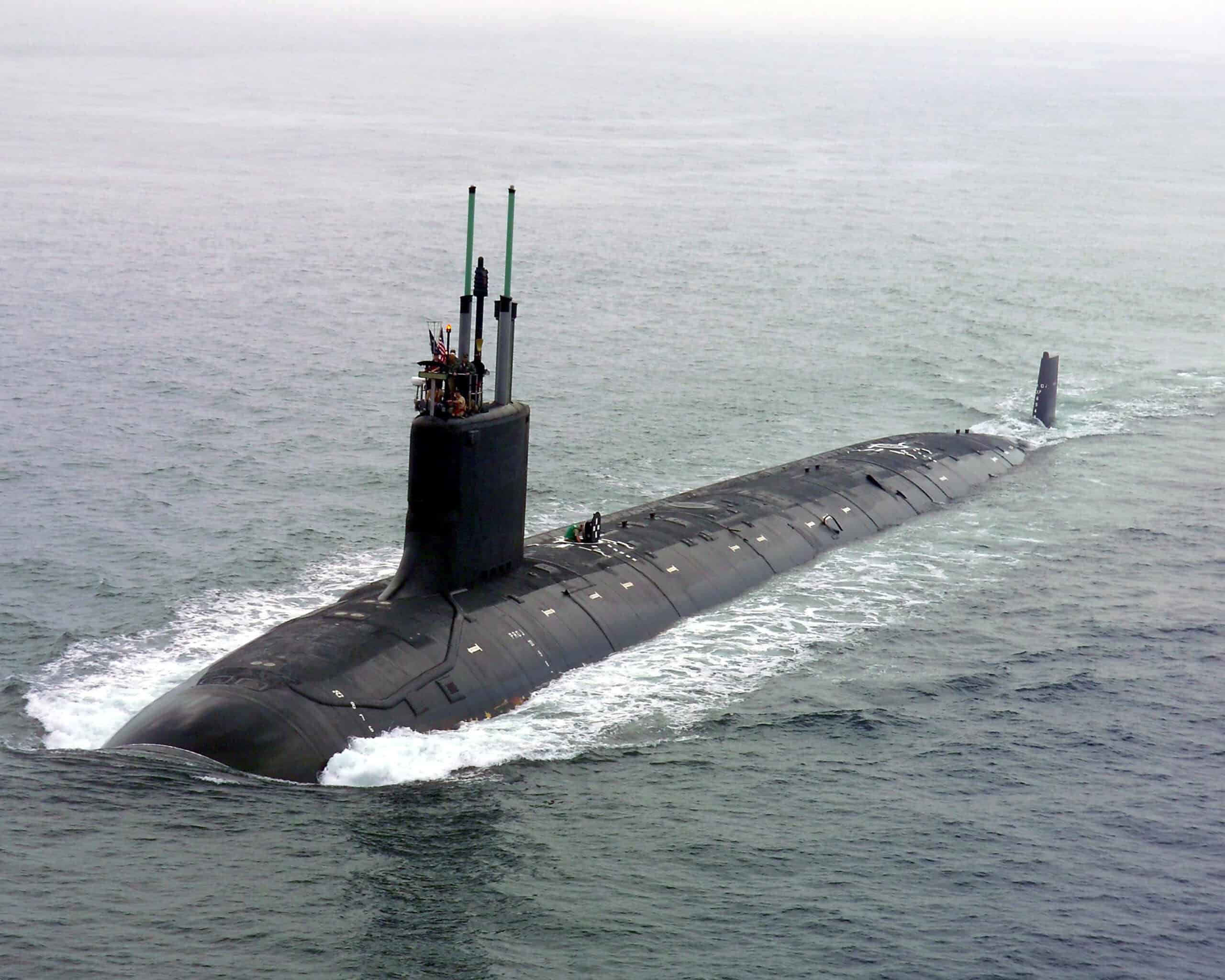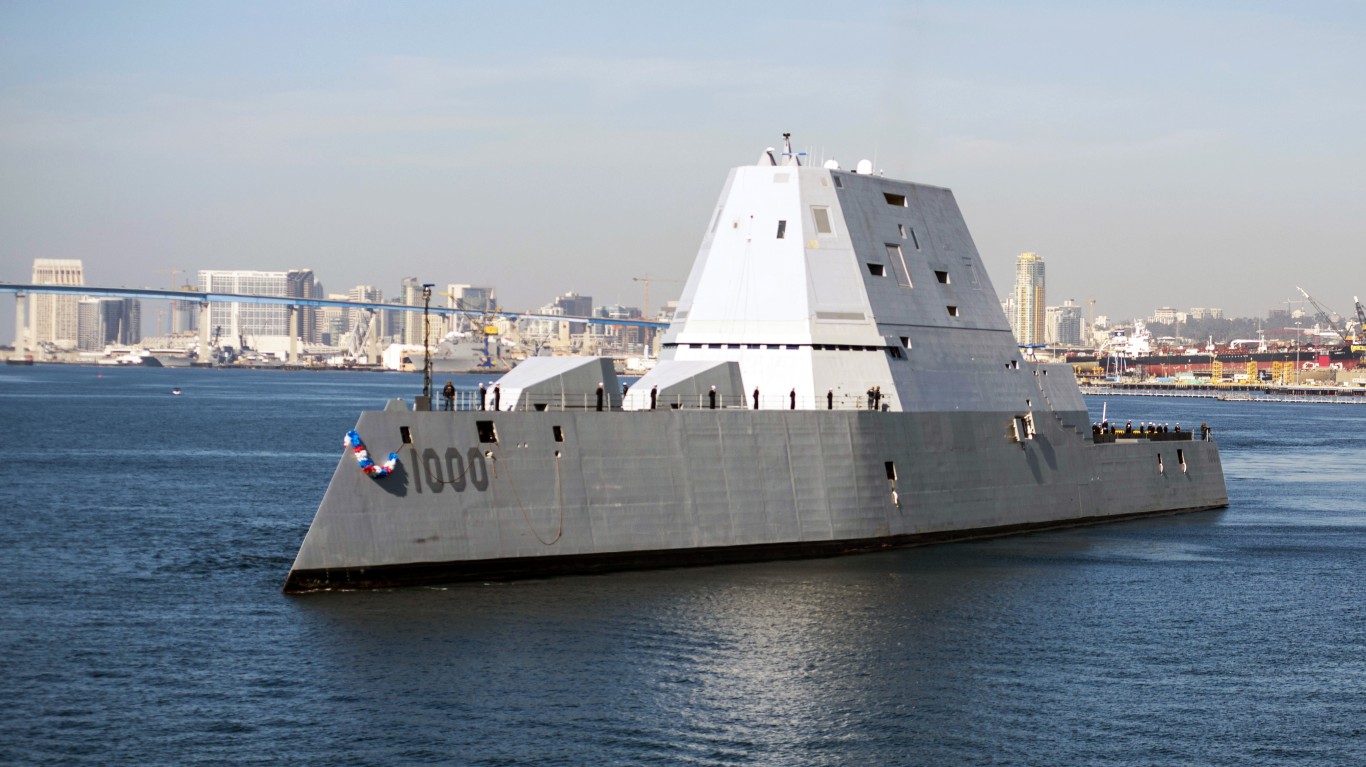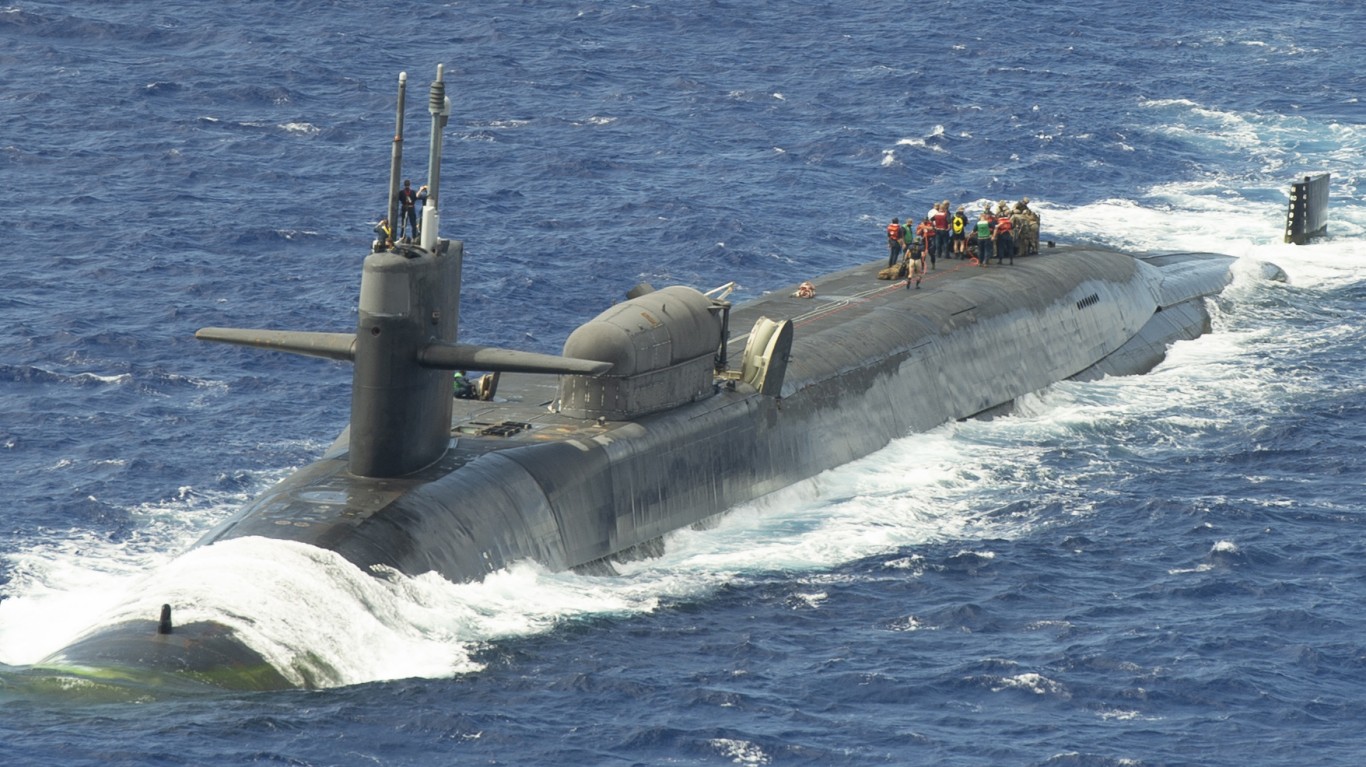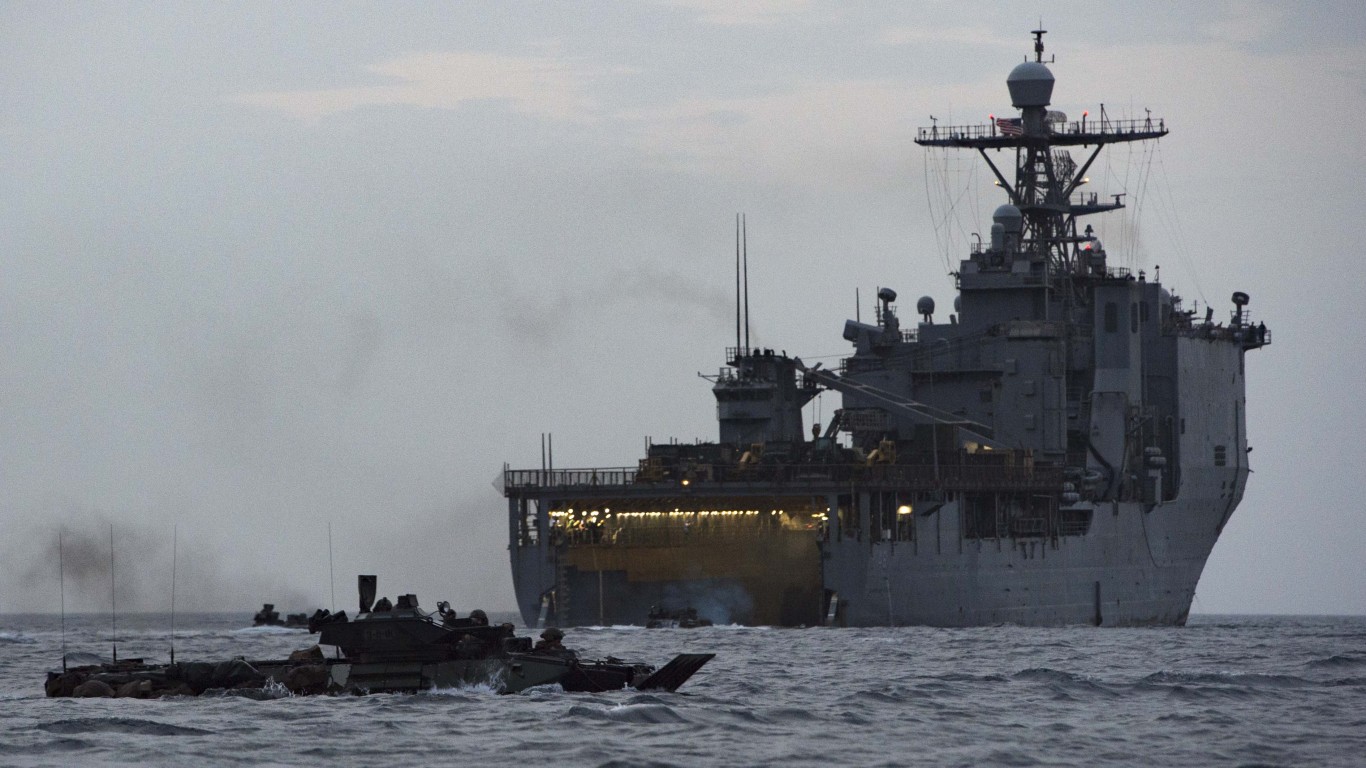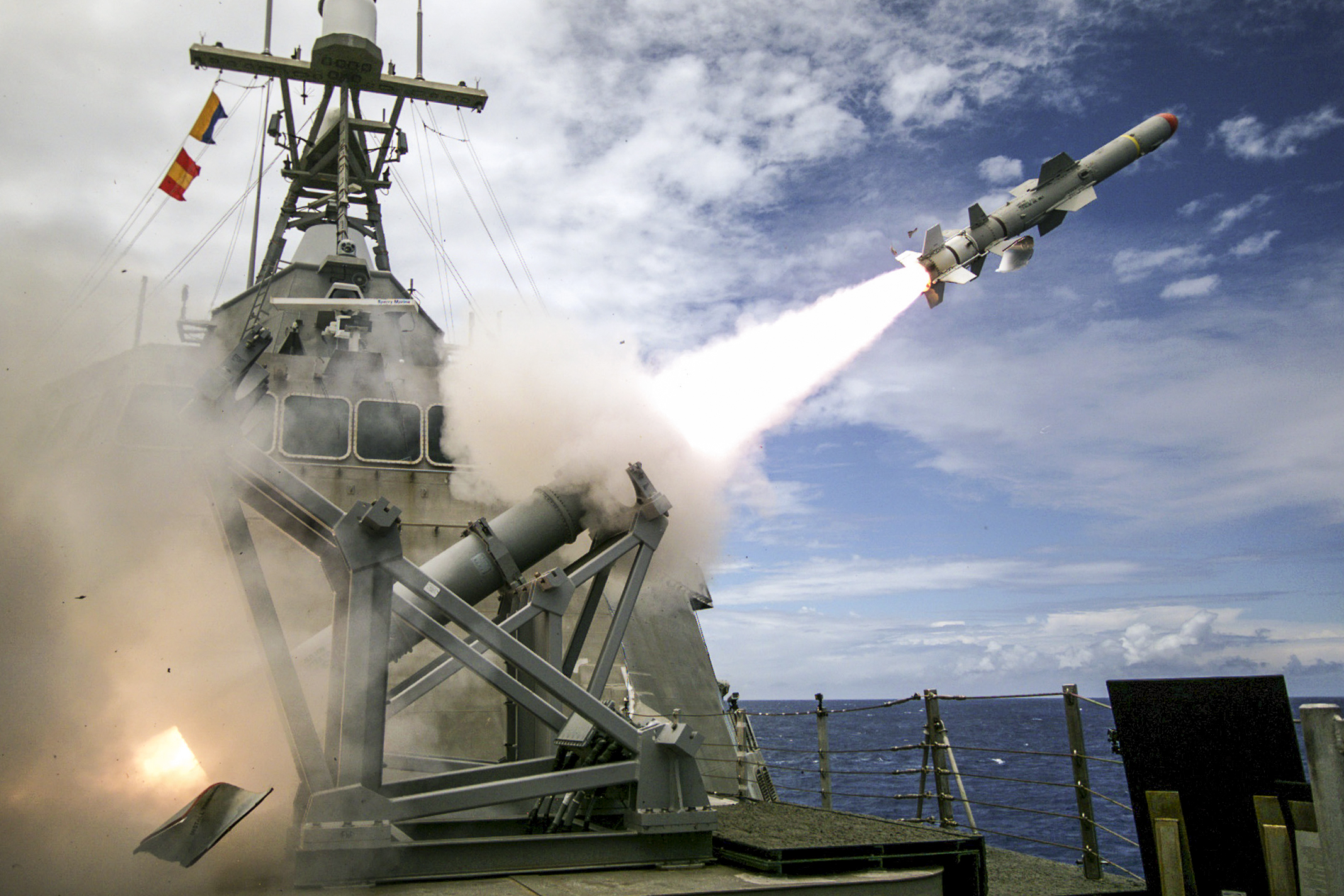
The U.S. Navy’s 6th Fleet has just kicked off its 23rd iteration of Exercise Sea Breeze that will run through the beginning of July. This is a joint mine countermeasure exercise where the U.S. Navy will work with the Royal Navy and Ukrainian Navy in Glasgow, Scotland.
Exercises like this allow navies an opportunity to cross-train with each other to improve interoperability. In this case, Sea Breeze is training Allied Forces and their partners for a post-conflict era in the Black Sea region. (These are the training bases used by the U.S. military.)
For this, crews of multiple ships of different navies will work together on mine countermeasures. The function of this exercise is for crews to work effectively side-by-side, and the importance of that cannot be understated. This is especially important when crews for some vessels can number in the hundreds if not thousands. Here, 24/7 Wall St. is taking a closer look at the U.S. Navy and how many crew its vessels.
To identify the warships and submarines in the U.S. Navy with the biggest crews, 24/7 Wall St. referenced a catalog of naval vessels from Military Factory, an online database of arms, vehicles and aircraft. The warship and submarine classes were ranked in order of their average crew size. We included supplemental information regarding type, top speed, armament, and more.
The Nimitz-class aircraft carriers are some of the largest warships in the U.S. Navy and they need a crew that can effectively operate them. Crews on these vessels typically number over 5,000 and sometimes over 6,000, including the air wing. With this many crew members, aircraft carriers are basically floating air bases. (These are the newest aircraft carriers in U.S. Navy history.)
Here is a look at the American warships and submarines with the biggest crews:
Why Are We Covering This?
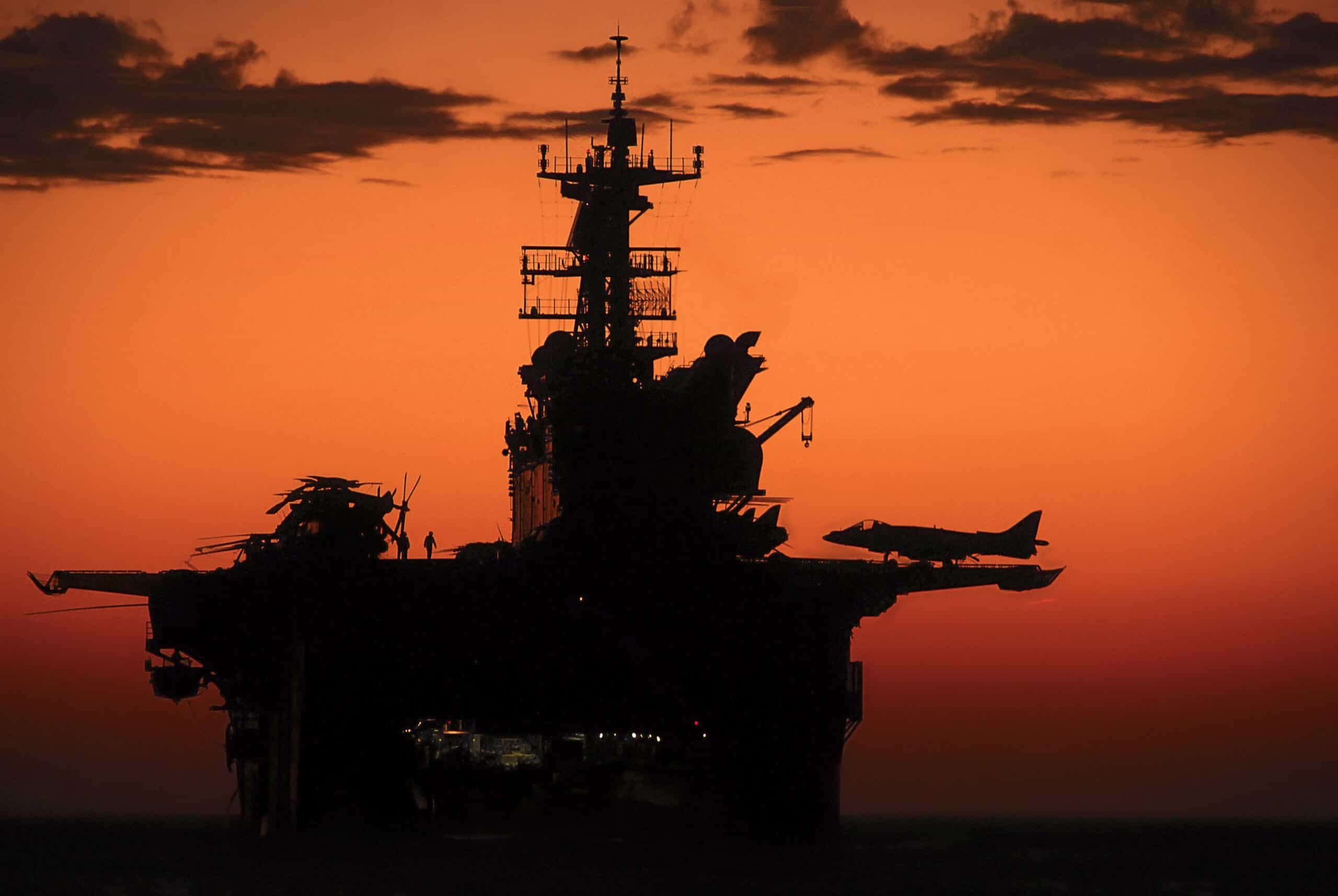
Understanding the U.S. Navy and its capabilities gives context to larger national defense strategies and geopolitical relations. Its technological innovations have profound impacts not just on the military but on civilian life as well.
19. Cyclone-class
- Crew size: 30
- Type: Patrol ship
- Year introduced: 1993
- Top speed: 40.3 mph
- Displacement: 335 tons
18. Independence-class

- Crew size: 75
- Type: Corvette
- Year introduced: 2010
- Top speed: 50.6 mph
- Displacement: 3,300 tons
17. Avenger-class
- Crew size: 81
- Type: Mine countermeasures ship
- Year introduced: 1987
- Top speed: 16.1 mph
- Displacement: 1,367 tons
16. Seawolf-class
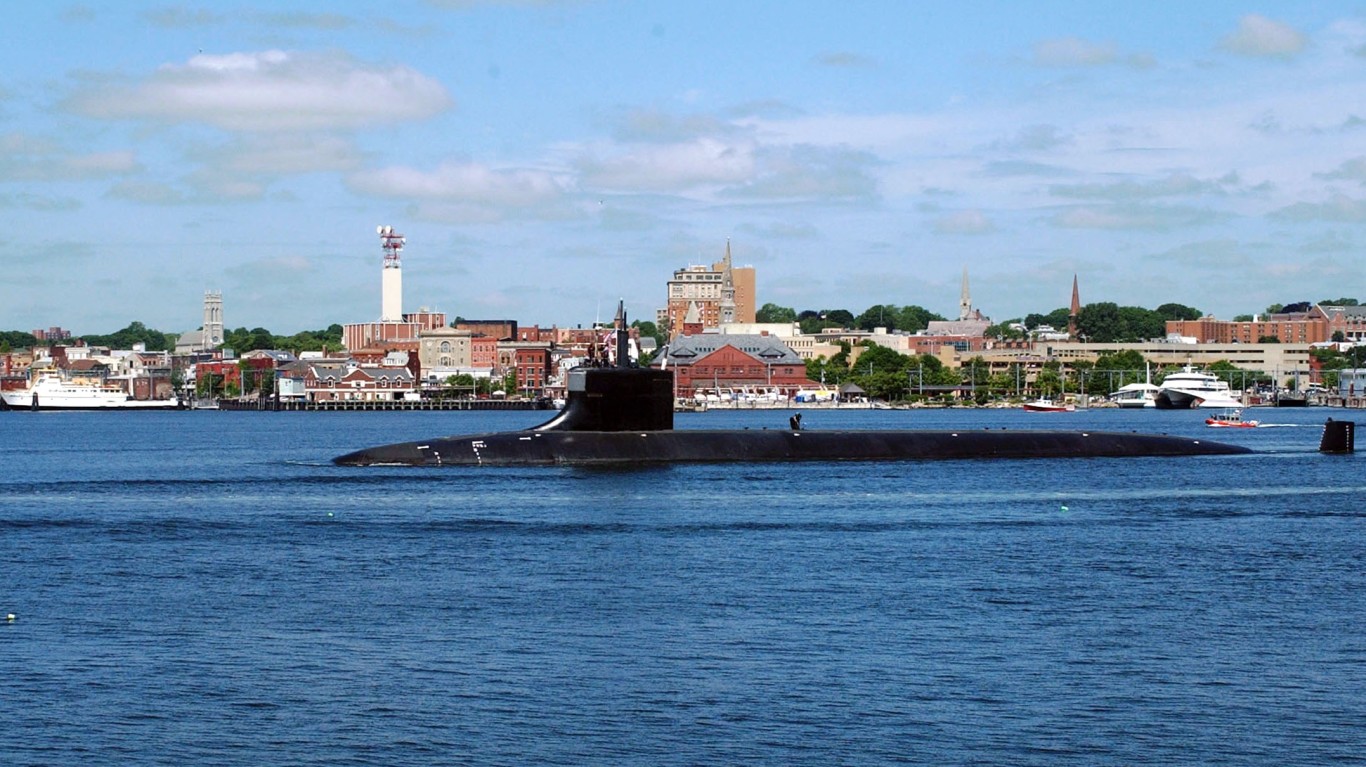
- Crew size: 116
- Type: Attack submarine
- Year introduced: 1997
- Top speed: 20.7 mph
- Displacement: 9,140 tons
15. Freedom-class
- Crew size: 125
- Type: Littoral combat ship
- Year introduced: 2008
- Top speed: 54.1 mph
- Displacement: 3,000 tons
14. Los Angeles-class
- Crew size: 134
- Type: Nuclear submarine
- Year introduced: 1976
- Top speed: 34.5 mph
- Displacement: 6,072 tons
13. Virginia-class
- Crew size: 134
- Type: Nuclear submarine
- Year introduced: 2004
- Top speed: 40.3 mph
- Displacement: 7,800 tons
12. Zumwalt-class
- Crew size: 140
- Type: Guided-missile destroyer
- Year introduced: 2016
- Top speed: 34.5 mph
- Displacement: 14,564 tons
11. Ohio-class
- Crew size: 153
- Type: Nuclear submarine
- Year introduced: 1981
- Top speed: 28.8 mph
- Displacement: 16,765 tons
10. Arleigh Burke-class
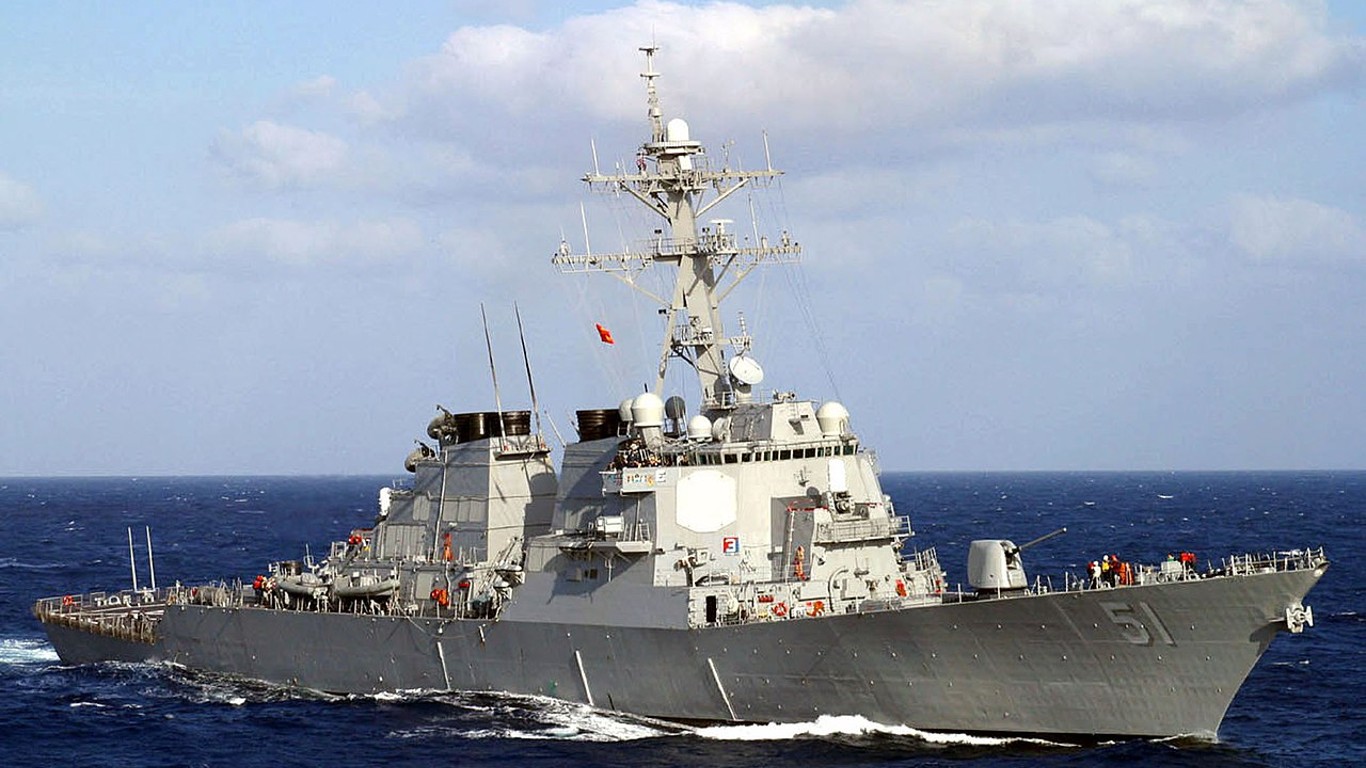
- Crew size: 323
- Type: Guided-missile destroyer
- Year introduced: 1991
- Top speed: 34.5 mph
- Displacement: 8,885 tons
9. Ticonderoga-class
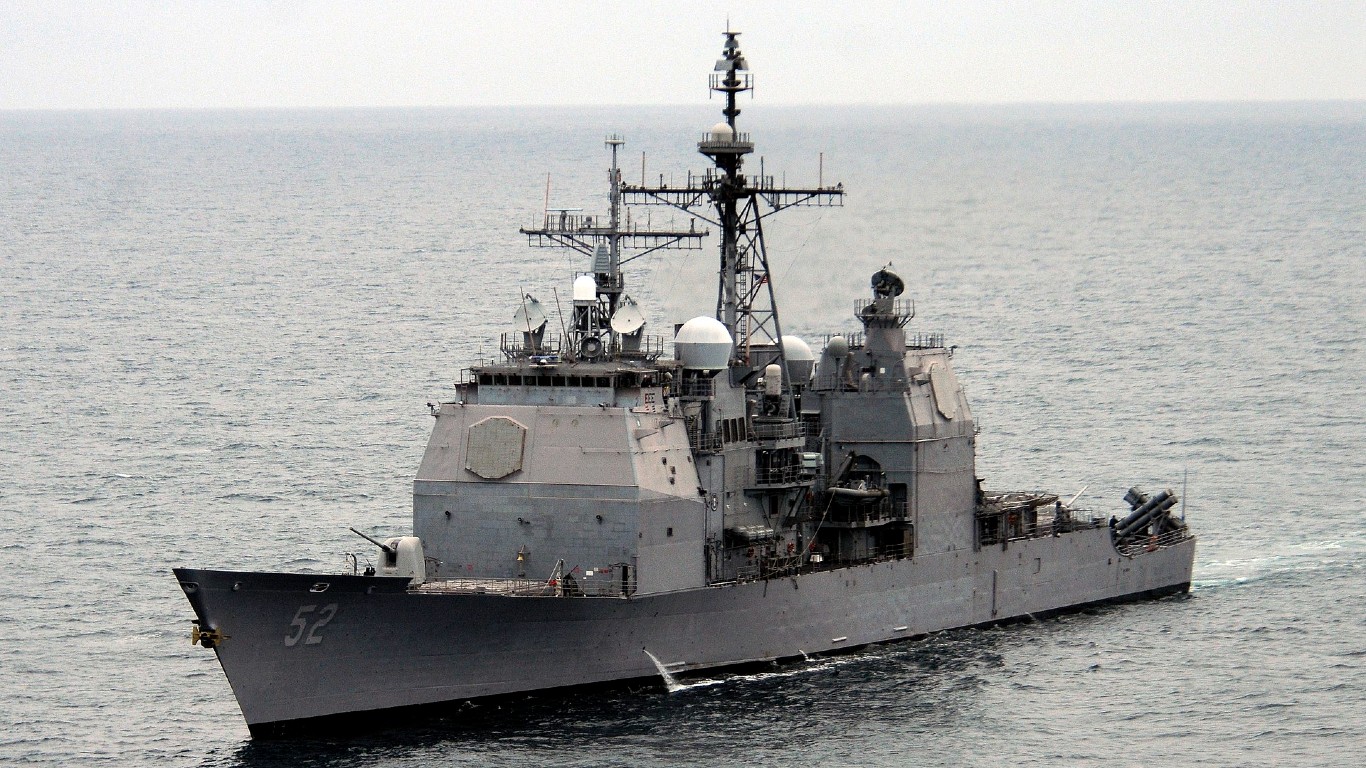
- Crew size: 330
- Type: Cruiser
- Year introduced: 1986
- Top speed: 37.4 mph
- Displacement: 9,800 tons
8. San Antonio-class
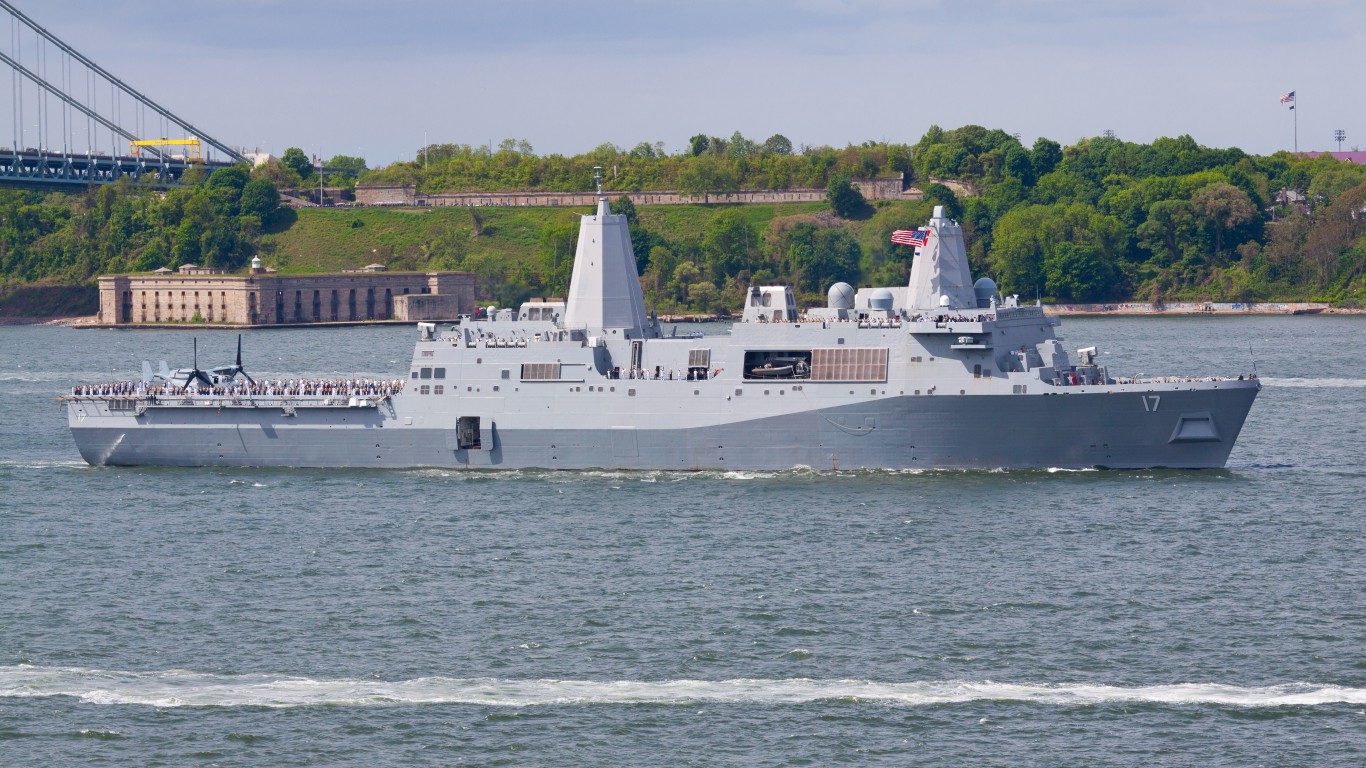
- Crew size: 361
- Type: Amphibious assault ship
- Year introduced: 2006
- Top speed: 25.3 mph
- Displacement: 25,000 tons
7. Blue Ridge-class
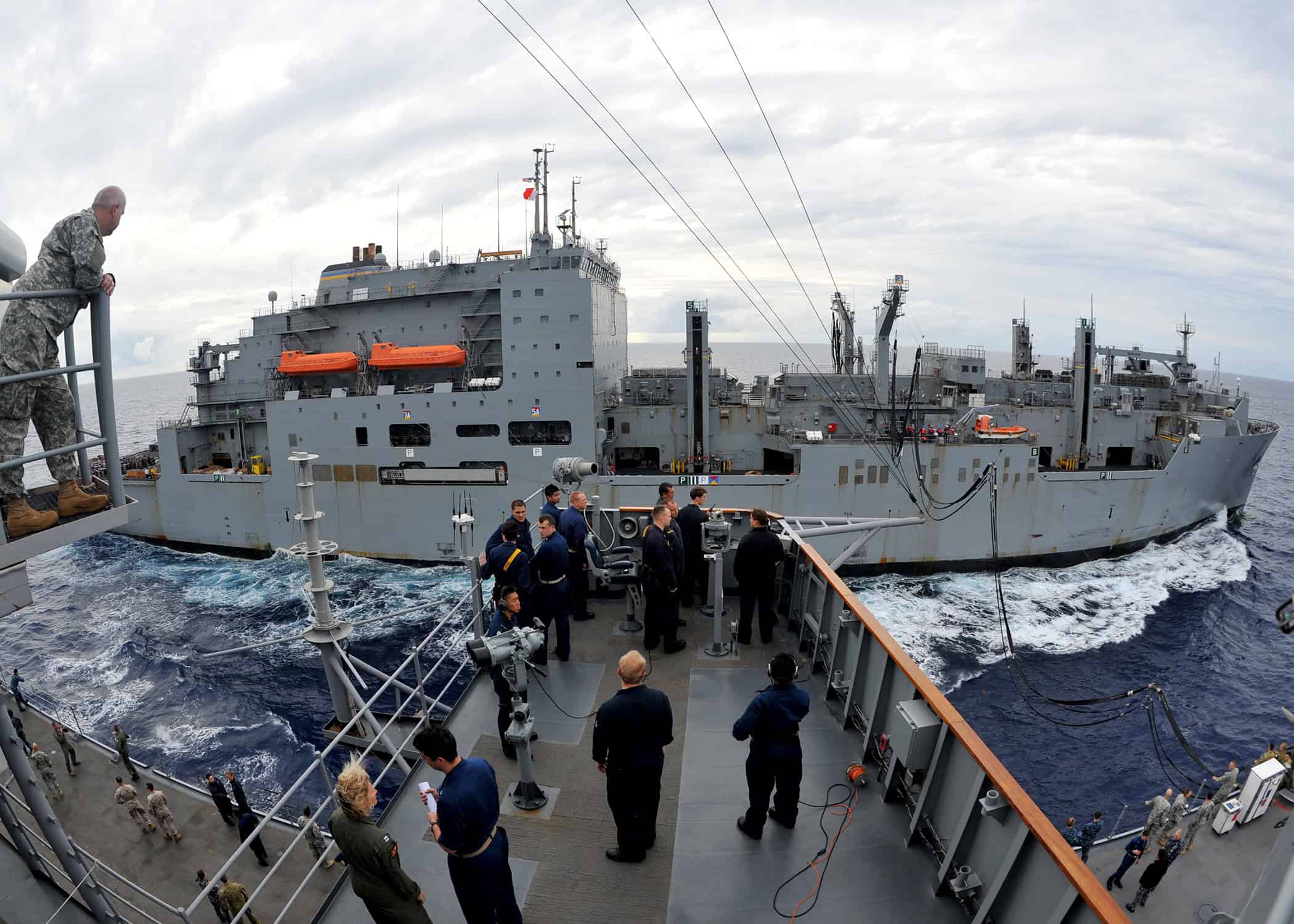
- Crew size: 842
- Type: Command ship
- Year introduced: 1970
- Top speed: 26.5 mph
- Displacement: 18,875 tons
6. Harpers Ferry-class
- Crew size: 923
- Type: Amphibious assault ship
- Year introduced: 1995
- Top speed: 23.0 mph
- Displacement: 16,601 tons
5. Whidbey Island-class
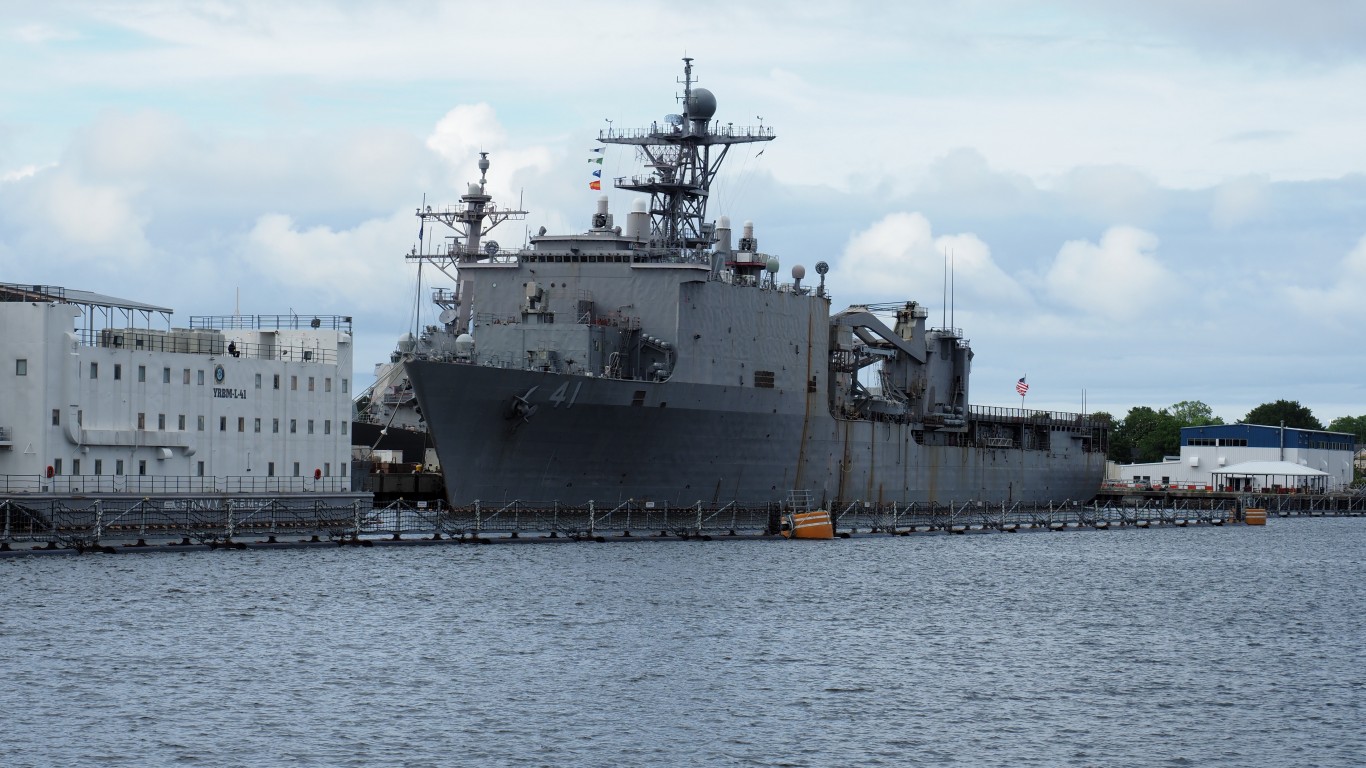
- Crew size: 927
- Type: Amphibious assault ship
- Year introduced: 1985
- Top speed: 23.0 mph
- Displacement: 16,360 tons
4. America-class
- Crew size: 2,745
- Type: Amphibious assault ship
- Year introduced: 2014
- Top speed: 25.3 mph
- Displacement: 46,000 tons
3. Wasp-class
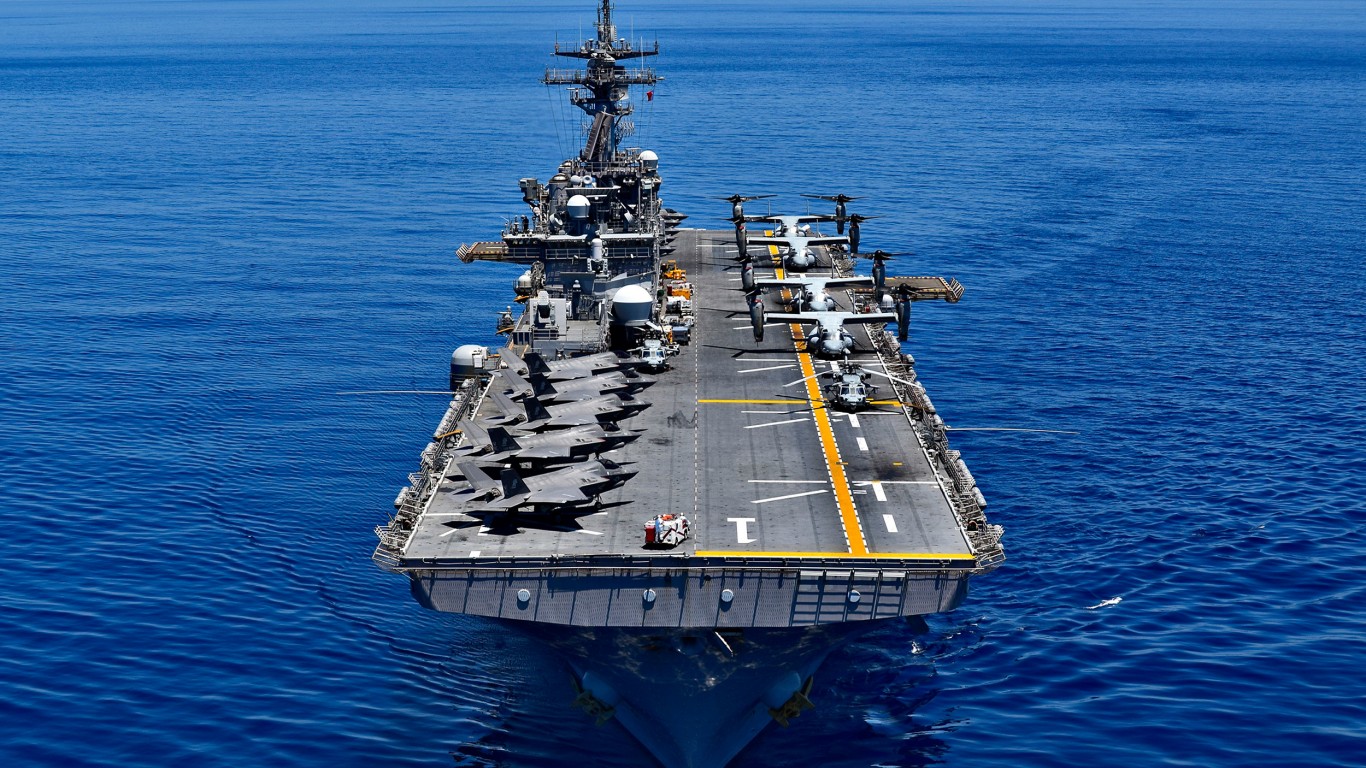
- Crew size: 3,275
- Type: Amphibious assault ship
- Year introduced: 1989
- Top speed: 26.5 mph
- Displacement: 41,182 tons
2. Ford-class

- Crew size: 4,660
- Type: Aircraft carrier
- Year introduced: 2017
- Top speed: 34.5 mph
- Displacement: 112,000 tons
1. Nimitz-class
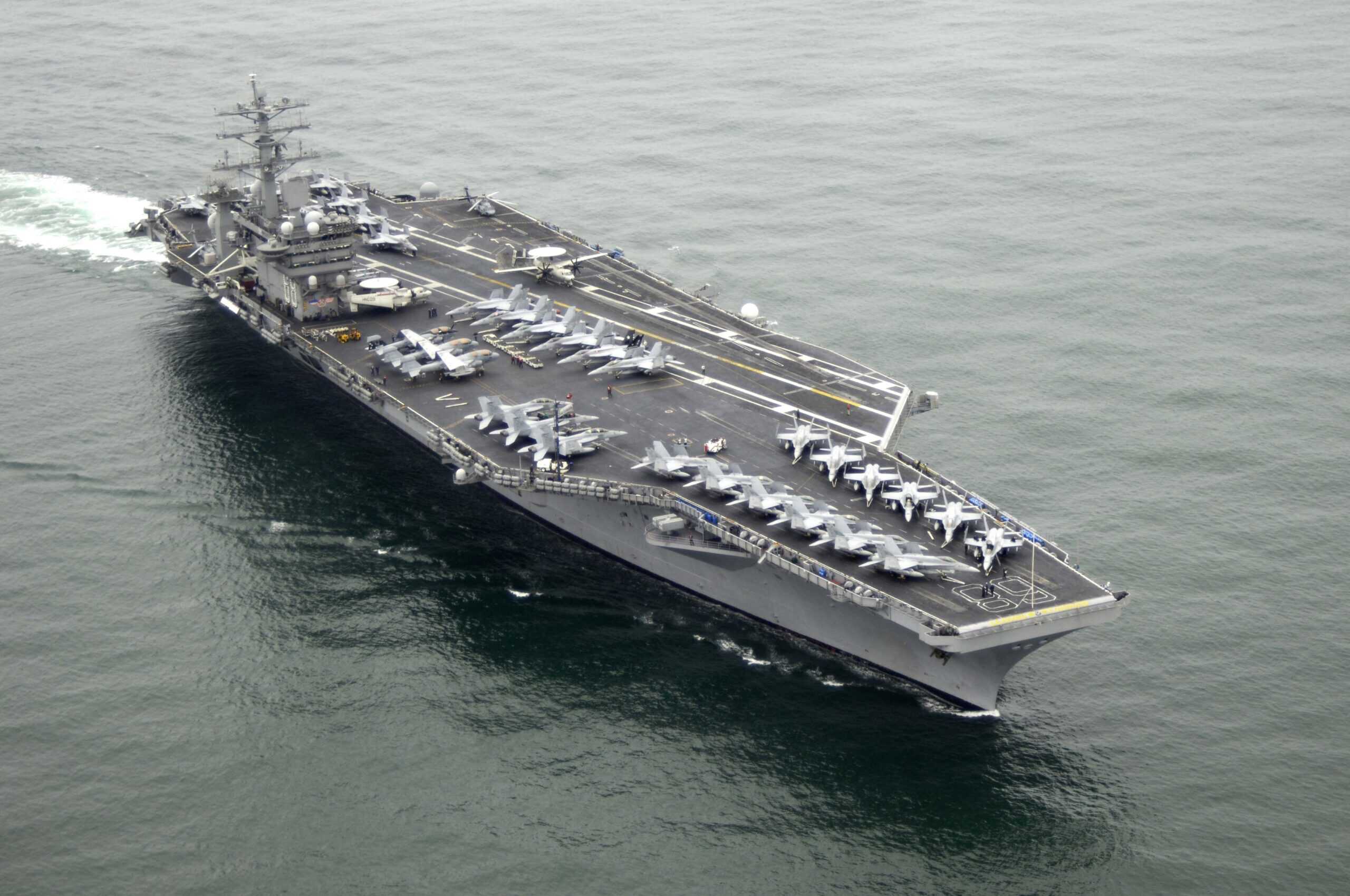
- Crew size: 5,680
- Type: Aircraft carrier
- Year introduced: 1975
- Top speed: 34.5 mph
- Displacement: 97,000 tons
Find a Qualified Financial Advisor (Sponsor)
Finding a qualified financial advisor doesn’t have to be hard. SmartAsset’s free tool matches you with up to 3 fiduciary financial advisors in your area in 5 minutes. Each advisor has been vetted by SmartAsset and is held to a fiduciary standard to act in your best interests. If you’re ready to be matched with local advisors that can help you achieve your financial goals, get started now.
Thank you for reading! Have some feedback for us?
Contact the 24/7 Wall St. editorial team.
